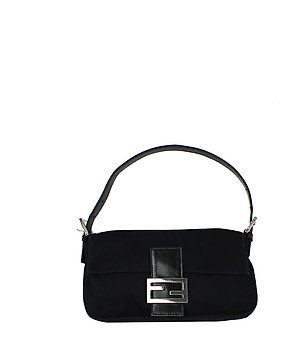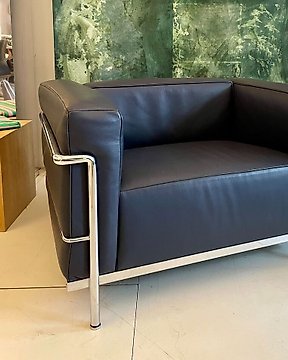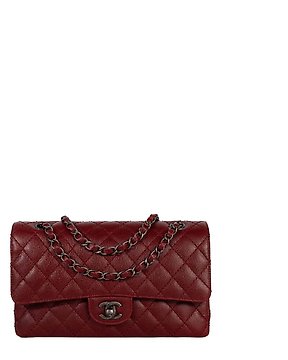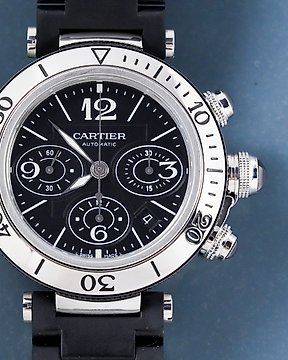goede foto's, goede omschrijving, goed verpakt en snel verzonden.
Ver traduzidoTeotihuacán, México Estuque Fresco de parede em estuque policromado. 500 - 600 DC. Altura 40 cm. Ex. Bonhams. Licença de
N.º 85409915


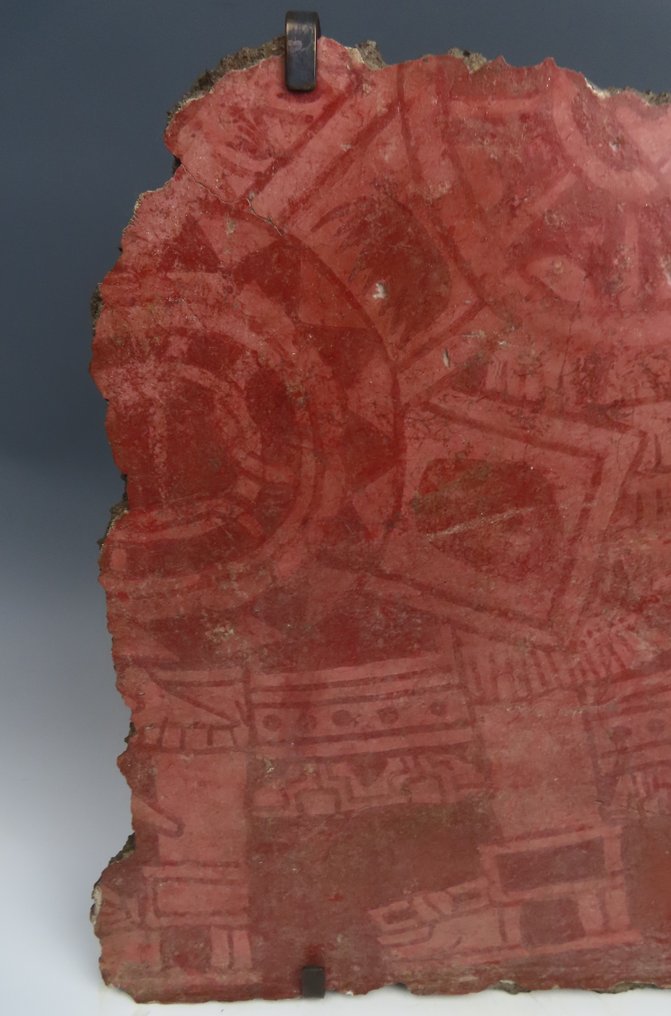
Polychrome wall fresco
CULTURE: Teotihuacán, Mexico
PERIOD: 500 - 600 AD
MATERIAL: Stucco and pigments
DIMENSIONS: Height 40 cm
PROVENANCE: Private collection of Bob Knill, Tucson, Arizona (USA). Acquired from Bonhams auction house, 13 August 2012. With Spanish Export License.
CONDITION: An intact fragment of a fresco in a very good state of preservation, without any repainting.
DESCRIPTION:
A fragment of a fresco from Teotihuacán where the lower part of a human figure can be observed. This represents either a god or a deity, one who cannot be specifically identified. However, a magnificently rich robe decorated with beads can be seen. The sandals are equally depicted with a wealth of detail and the lower section of a decorated underskirt can be seen below the robe.
The ancient Mexican city of Teotihuacan was, in its time, the largest city in the Americas. The pomp and colour in the city were expressed most clearly through its monumental architecture. The facades or pyramids and the interiors of palaces, temples and houses were frequently decorated with splendid frescos. The technique and the variety of the representations – considering the necessary limitations - make these frescos some of the most remarkable to be found in the Mesoamerican cultures. Today, very few examples remain.
There exists a direct parallel conserved in The Art Institute of Chicago, where a similar figure to this in our example can be seen and which leads us to a clear idea of the identity of the figure depicted. The fragment in Chicago was part of a cycle painted on the interior walls of an aristocratic palace. It shows a rain priest in profile walking or dancing and wearing an elaborate headdress and robe. His scroll, decorated with seashells and plants, indicates that he is praying for water and good fortune for the crops, obviously highly valued in this society. This fragment is richly symbolic of a ceremony that took place once every fifty-two years, a “century” in the system of the ancient Mexican calendar. A priest stands before a tied bundle of canes which represent the end of the cycle of time. The bundle is impaled of the spines of the maguey cactus leaves, on which the priest also pricks himself to make a blood offering. Symbols of water in the form of shells and flowers are represented in the message around his mouth. With one hand he waters flowers while he holds a bag containing incense in the other. Corresponding to chants in a religious litany, this complex image was repeated with others on the walls of a chamber as a prayer of thanksgiving and for the renewal of agricultural fruitfulness.
Teotihuacan signifies “dwelling of the gods” and it was the principal religious, military and commercial city in the Americas between 200 and 650 AD. At its height, more than 100,000 people lived there. Designed with colossal pyramids and ritual squares, the metropolis was built on a cosmologically oriented grid plan with residential and manufacturing districts.
The themes seen on all the fragments of frescos conserved in both museums and private collections are exclusively of a religious nature: divinities, entourages of richly adorned priests, mythical creatures and sacred emblems. Simple scenes can be found among them, along with others which are quite complex or inexplicable, such as rituals of offerings to gods of the mountain, dances and games in the paradise of Tlaloc, etc.
In these paintings the colour red is dominant; in fact, at one time only tonalities of this colour were used. But usually green, blue, orange, pink, yellow and white made up part of the range of colours used for the various mural representations. These colours are badly discoloured over the years since their production. The artists had no qualms about juxtaposing contrasting colours, as these gave greater intensity to the representations. The pigments were of ground minerals bound with prickly pear sap. They were applied directly to a smooth and moist lime-plastered surface – to use a modern artist term - in the “al fresco” style.
Superposition of planes was avoided in this style of representation. The artist looked for symmetry, balance and rhythm in a certain manner in these artistic representations. Static and rigid figures are represented with simple, impersonal faces, and can only be identified by the details of their attire and their adornments.
BIBLIOGRAPHY:
- FUENTE, B. La Pintura Mural Prehispánica en México: Teotihuacan. Universidad Nacional Autonoma de Mexico. Instituto de Investigaciones Esteticas. 2006.
- Sotheby’s. La Collection Barbier-Mueller, Art Précolombien. 5 Continents Editions. Milan. 2013. Vol. I.
PARALLELS:
- The Art Institute of Chicago, African and Amerindian Art Purchase Fund. Chicago (USA). Number 1962.702. SEE LAST PHOTO.
https://www.artic.edu/artworks/14968/mural-fragment-representing-a-ritual-of-world-renewal
Notes:
The seller guarantees that he acquired this piece according to all national and international laws related to the ownership of cultural property. Provenance statement seen by Catawiki.
The piece includes authenticity certificate.
The piece includes Spanish Export License (Passport for European Union) - If the piece is destined outside the European Union a substitution of the export permit should be requested. This process could take between 1 and 2 months.
Mais sobre o vendedor
Polychrome wall fresco
CULTURE: Teotihuacán, Mexico
PERIOD: 500 - 600 AD
MATERIAL: Stucco and pigments
DIMENSIONS: Height 40 cm
PROVENANCE: Private collection of Bob Knill, Tucson, Arizona (USA). Acquired from Bonhams auction house, 13 August 2012. With Spanish Export License.
CONDITION: An intact fragment of a fresco in a very good state of preservation, without any repainting.
DESCRIPTION:
A fragment of a fresco from Teotihuacán where the lower part of a human figure can be observed. This represents either a god or a deity, one who cannot be specifically identified. However, a magnificently rich robe decorated with beads can be seen. The sandals are equally depicted with a wealth of detail and the lower section of a decorated underskirt can be seen below the robe.
The ancient Mexican city of Teotihuacan was, in its time, the largest city in the Americas. The pomp and colour in the city were expressed most clearly through its monumental architecture. The facades or pyramids and the interiors of palaces, temples and houses were frequently decorated with splendid frescos. The technique and the variety of the representations – considering the necessary limitations - make these frescos some of the most remarkable to be found in the Mesoamerican cultures. Today, very few examples remain.
There exists a direct parallel conserved in The Art Institute of Chicago, where a similar figure to this in our example can be seen and which leads us to a clear idea of the identity of the figure depicted. The fragment in Chicago was part of a cycle painted on the interior walls of an aristocratic palace. It shows a rain priest in profile walking or dancing and wearing an elaborate headdress and robe. His scroll, decorated with seashells and plants, indicates that he is praying for water and good fortune for the crops, obviously highly valued in this society. This fragment is richly symbolic of a ceremony that took place once every fifty-two years, a “century” in the system of the ancient Mexican calendar. A priest stands before a tied bundle of canes which represent the end of the cycle of time. The bundle is impaled of the spines of the maguey cactus leaves, on which the priest also pricks himself to make a blood offering. Symbols of water in the form of shells and flowers are represented in the message around his mouth. With one hand he waters flowers while he holds a bag containing incense in the other. Corresponding to chants in a religious litany, this complex image was repeated with others on the walls of a chamber as a prayer of thanksgiving and for the renewal of agricultural fruitfulness.
Teotihuacan signifies “dwelling of the gods” and it was the principal religious, military and commercial city in the Americas between 200 and 650 AD. At its height, more than 100,000 people lived there. Designed with colossal pyramids and ritual squares, the metropolis was built on a cosmologically oriented grid plan with residential and manufacturing districts.
The themes seen on all the fragments of frescos conserved in both museums and private collections are exclusively of a religious nature: divinities, entourages of richly adorned priests, mythical creatures and sacred emblems. Simple scenes can be found among them, along with others which are quite complex or inexplicable, such as rituals of offerings to gods of the mountain, dances and games in the paradise of Tlaloc, etc.
In these paintings the colour red is dominant; in fact, at one time only tonalities of this colour were used. But usually green, blue, orange, pink, yellow and white made up part of the range of colours used for the various mural representations. These colours are badly discoloured over the years since their production. The artists had no qualms about juxtaposing contrasting colours, as these gave greater intensity to the representations. The pigments were of ground minerals bound with prickly pear sap. They were applied directly to a smooth and moist lime-plastered surface – to use a modern artist term - in the “al fresco” style.
Superposition of planes was avoided in this style of representation. The artist looked for symmetry, balance and rhythm in a certain manner in these artistic representations. Static and rigid figures are represented with simple, impersonal faces, and can only be identified by the details of their attire and their adornments.
BIBLIOGRAPHY:
- FUENTE, B. La Pintura Mural Prehispánica en México: Teotihuacan. Universidad Nacional Autonoma de Mexico. Instituto de Investigaciones Esteticas. 2006.
- Sotheby’s. La Collection Barbier-Mueller, Art Précolombien. 5 Continents Editions. Milan. 2013. Vol. I.
PARALLELS:
- The Art Institute of Chicago, African and Amerindian Art Purchase Fund. Chicago (USA). Number 1962.702. SEE LAST PHOTO.
https://www.artic.edu/artworks/14968/mural-fragment-representing-a-ritual-of-world-renewal
Notes:
The seller guarantees that he acquired this piece according to all national and international laws related to the ownership of cultural property. Provenance statement seen by Catawiki.
The piece includes authenticity certificate.
The piece includes Spanish Export License (Passport for European Union) - If the piece is destined outside the European Union a substitution of the export permit should be requested. This process could take between 1 and 2 months.
Mais sobre o vendedor
- 754
- 7
- 0
molto bello tutto ok
Ver traduzidoPezzo come da descrizione, davvero notevole. Venditore molto consigliato in quanto gentile e disponibile. spedizione molto veloce. Ottimo!
Ver traduzidoVenditore davvero ottimo e gentile. Merce come da descrizione, spedizione veloce. Ottimo l'avere certificato di autenticità.
Ver traduzidoUn 100 como empresa un 100 como envío . Empresa muy especial con mucha exquisitez en todos los productos y en personal . Muchas gracias
Ver traduzidoAll well! Thanks.
Ver traduzidoVery nice and fine cut little jewel! Well packed too! Thanks!
Ver traduzidonice piece and very fast shipping!
Ver traduzidoEs una maravilla de moneda, donde se le nota los pasos de los años y me encanta. Servido muy rápido y bien empaquetado. Con su certificación. Qué más se puede pedir?
Ver traduzidoSnelle en correcte levering, alleen was de verpakking voor het schilderij niet stevig genoeg.
Ver traduzidoHerzlichen Dank!
Ver traduzidoAll OK and with very fast shipping.
Ver traduzidoPrachtig schilderij. Zo blij mee. Zeer nette verkoper en zeer snelle levering.
Ver traduzidoperfect ! very fast and high quality delivery !
Ver traduzidoAll well! Thanks.
Ver traduzidoVendeur très professionnel, top +++×
Ver traduzidoPhotos trop contrastées pour bien percevoir les défauts, mais ces défauts étaient visibles pour autant. Le "Bon état" est trompeur. Sinon, envoi rapide et correctement emballé. Frais de port exagérés.
Ver traduzidoGreat communication, delivery and product. Came with a well made certificate of authenticity and good packaging. Overall very happy with the purchase! Delivery is a bit expensive, but I recommend it
Ver traduzidoMagnifique témoin du passé, envoyé avec tous les justificatifs, impeccable. Encore une fois très satisfait, un grand merci
Ver traduzidoThank you for the Special offer and the fast shipping of this excellent piece of art!
Ver traduzidovery good description of the object, very good price for this rare item,. Fast sending (has been at my place 2 days after buying!). Definitely would buy again.
Ver traduzidoSehr schön
Ver traduzidoAs described, perfect logistic
Ver traduzidogreat seller, everything came as should with certificate of authenticity
Ver traduzidoExceptionally well packaged, description aligned with positing received
Ver traduzido- 754
- 7
- 0
goede foto's, goede omschrijving, goed verpakt en snel verzonden.
Ver traduzidoAviso Legal
O vendedor garante e pode provar que o objeto foi obtido legalmente. O vendedor foi informado pela Catawiki que tinha de fornecer a documentação exigida pelas leis e regulamentos do seu país de residência. O vendedor garante que tem o direito de vender/exportar este objeto. O vendedor fornecerá ao comprador toda a informação conhecida sobre a proveniência do objeto. O vendedor garante que serão ou já foram obtidas todas as autorizações necessárias. O vendedor informará imediatamente o comprador de quaisquer atrasos na obtenção de tais autorizações.
O vendedor garante e pode provar que o objeto foi obtido legalmente. O vendedor foi informado pela Catawiki que tinha de fornecer a documentação exigida pelas leis e regulamentos do seu país de residência. O vendedor garante que tem o direito de vender/exportar este objeto. O vendedor fornecerá ao comprador toda a informação conhecida sobre a proveniência do objeto. O vendedor garante que serão ou já foram obtidas todas as autorizações necessárias. O vendedor informará imediatamente o comprador de quaisquer atrasos na obtenção de tais autorizações.

